Perceptual Piercing
A Novel Deep-Learning Framework for Enhancing Object Detection Under Poor Visibility Conditions
Overview
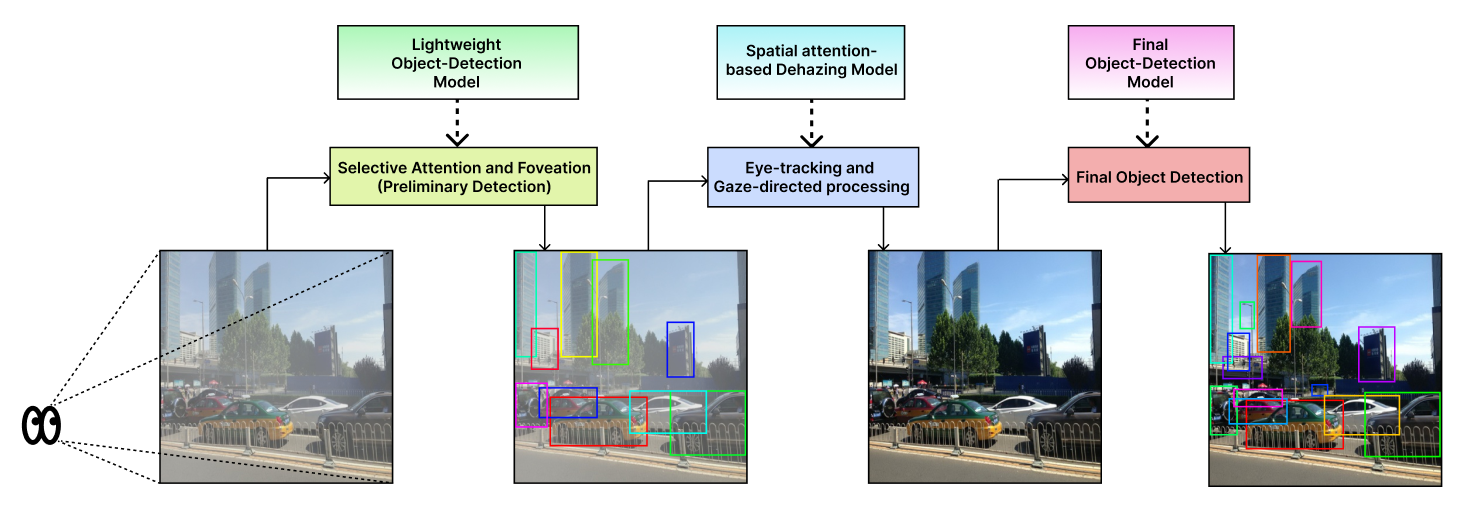
This research addresses a critical challenge in computer vision: the performance degradation of object detection models in low-visibility conditions like fog, rain, snow, smoke, and haze. While image enhancement methods, particularly dehazing, can improve visibility, they often introduce artifacts that negatively impact downstream tasks, especially on clear images.
Our study reveals a significant finding: applying dehazing algorithms uniformly across all images, regardless of visibility conditions, can actually degrade performance on clear images. This discovery led to the development of a novel adaptive framework that intelligently determines when to apply enhancement based on image conditions.
Methodology
Our approach combines several innovative components:
- Selective Region Enhancement: Instead of uniform dehazing, we focus on specific regions of interest, reducing processing overhead and preventing unintended degradations.
- Integration with Object Detection: We bridge image enhancement with object detection in a unified pipeline, leveraging the strengths of both techniques.
- Human Visual System Inspiration: Our framework draws from human visual mechanisms, including selective attention, foveal and peripheral vision, and adaptive eye responses.
- Conditional Processing: A pre-trained model identifies clear vs. hazy images, acting as a switch to determine whether dehazing should be applied.
Sample 1: Foggy Image
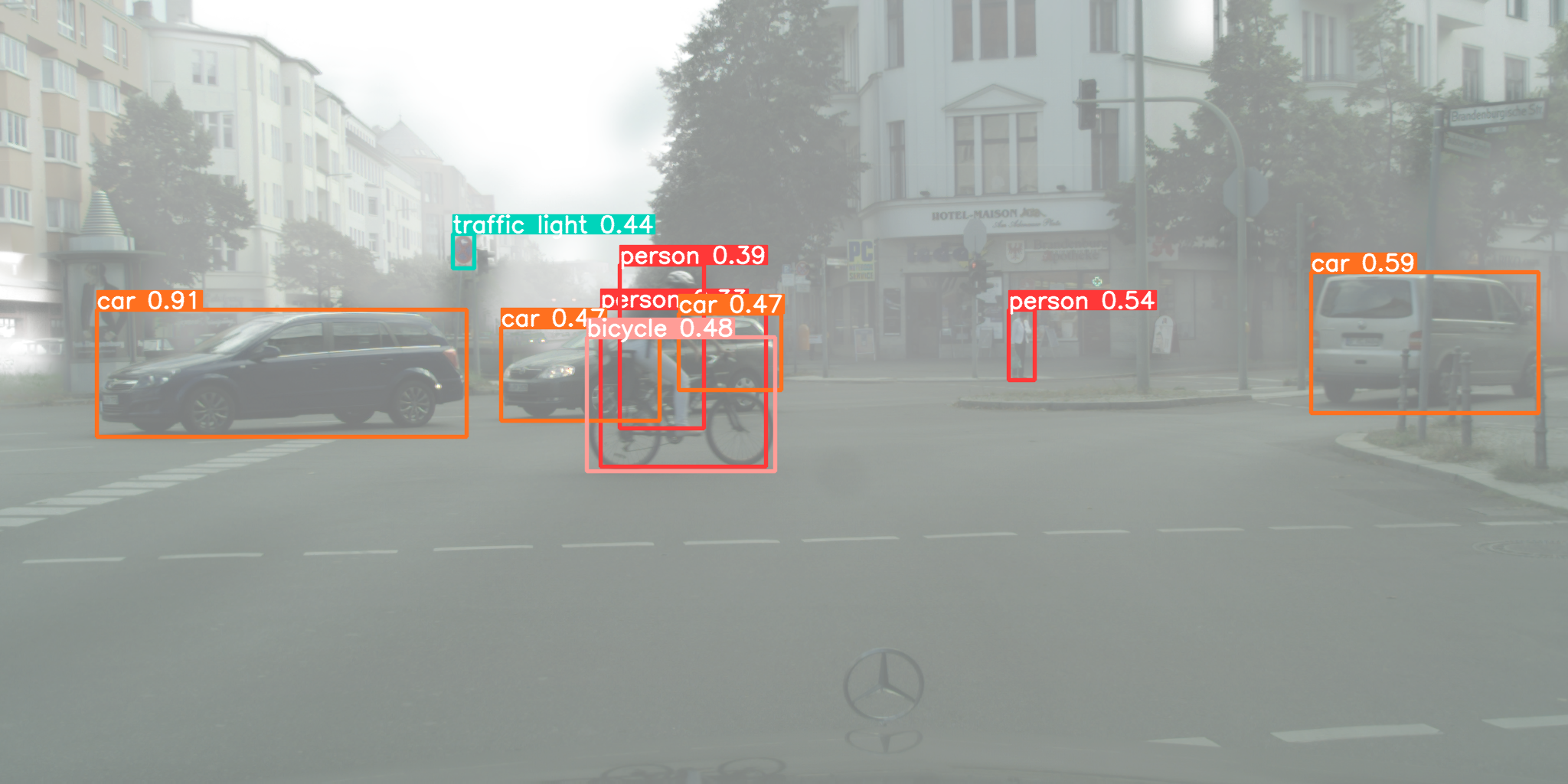
Sample 1: Dehazed Result
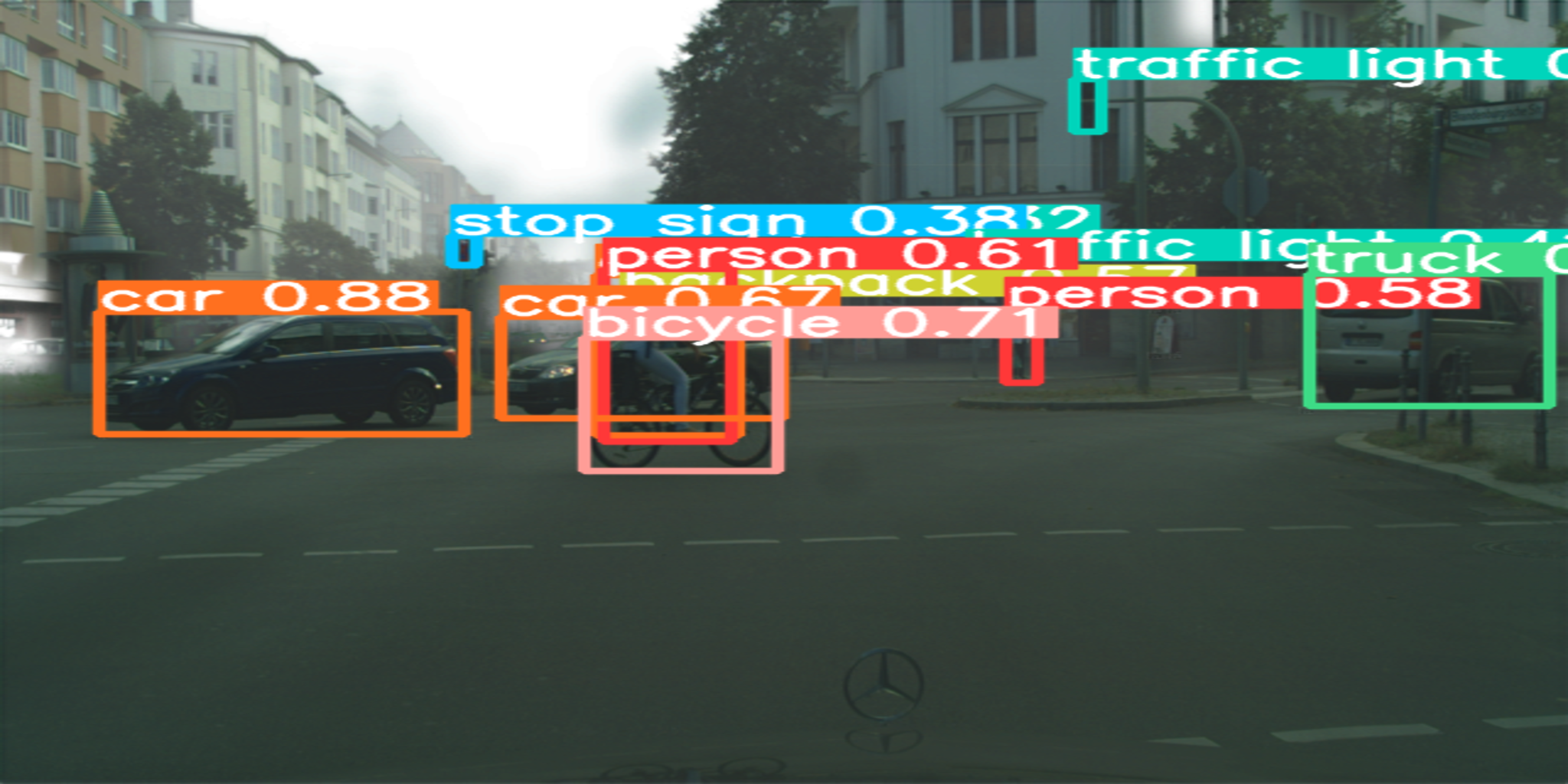
Sample 2: Foggy Image
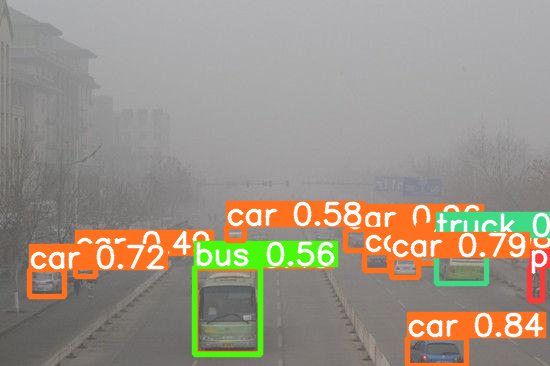
Sample 2: Dehazed Result
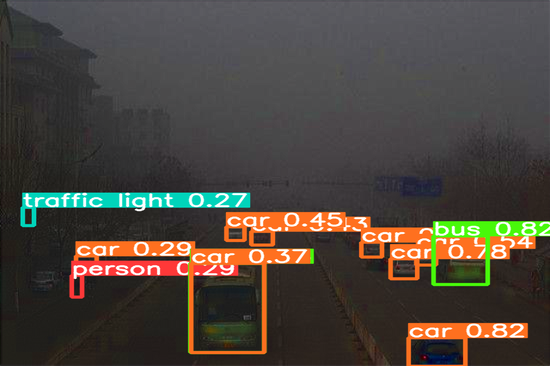
Key Findings
- Uniform dehazing degrades performance on clear images
- Selective enhancement improves accuracy while reducing computational overhead
- Conditional processing based on image visibility significantly improves results
- Integration of enhancement and detection leads to more robust performance
Challenges & Learnings
The main challenge was developing a framework that could effectively balance enhancement and detection while maintaining performance across different visibility conditions. This required careful consideration of when to apply enhancement and how to integrate it with object detection.
The project provided valuable insights into the importance of conditional processing in computer vision tasks and the potential pitfalls of uniform enhancement approaches.